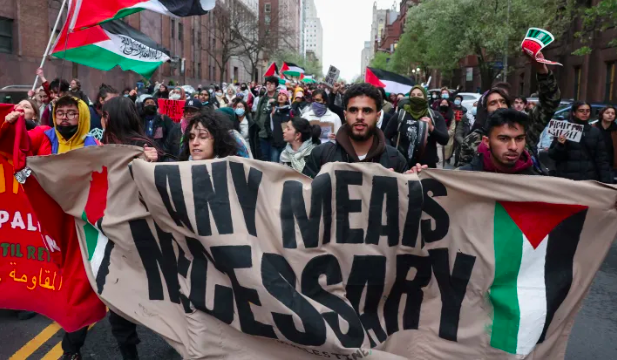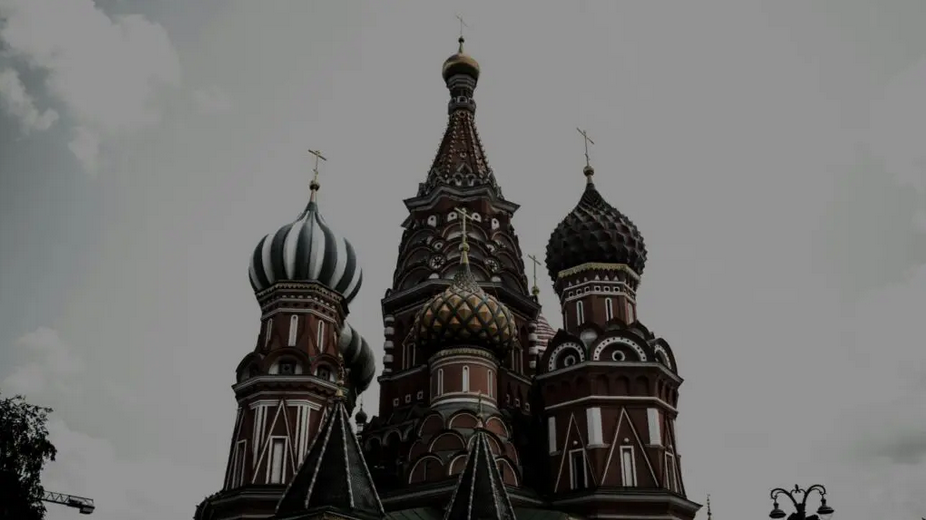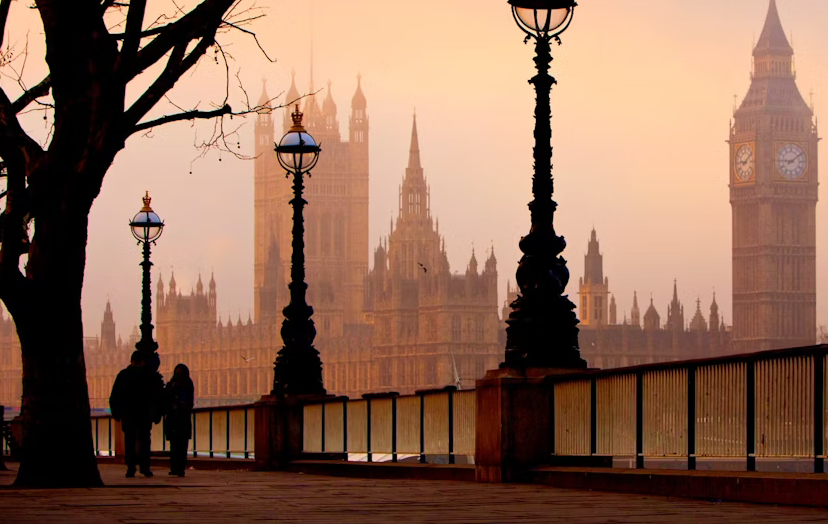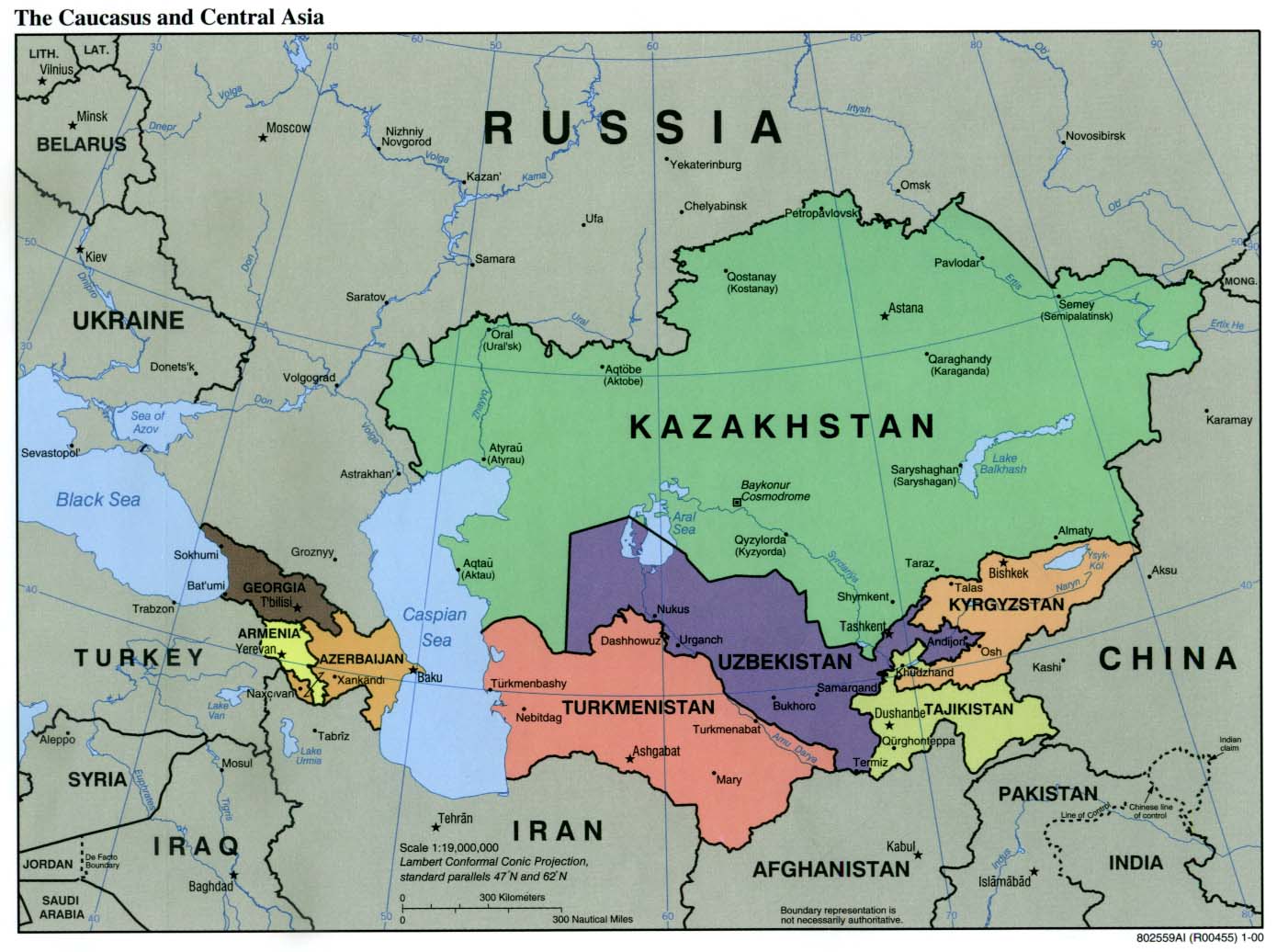Across Central Asia, the landscape for religious freedom looks bleak. The tactics deployed by still largely authoritarian governments in the “Stans”—Kazakhstan, Uzbekistan, Turkmenistan, Tajikistan and, to a lesser extent, Kyrgyzstan—reflect a continuation of Soviet-era policies of anti‑religious discrimination, intimidation, and control. The harm is not only to individuals and communities who are seeking to practice their faith in peace. It also is a loss to society as a whole because it restricts and discourages social contributions by religious actors.
Four former Soviet countries in Central Asia are on the U.S. Commission on International Religious Freedom’s list of violators. Photo: Wikimedia Commons / Central Asia Political Map
In the U.S. State Department’s 2017 list of the worst religious freedom violators, Tajikistan, Turkmenistan, and Uzbekistan were listed as Countries of Particular Concern. Kazakhstan was not far behind, listed as a Tier 2 country by the U.S. Commission on International Religious Freedom (USCIRF). Kyrgyzstan is perhaps less repressive than its neighbors but is displaying worrying signs of increased repression.
The situation in Kazakhstan is illustrative of the problems in the region. In her remarks during a Helsinki Commission briefing on religious freedom violations in Central Asia, Kathleen Collins stated, “Recent actions in Kazakhstan and Kyrgyzstan look like a return to Soviet-era tactics of repression and control of all groups not approved by the government.” Collins is a political science professor at the University of Minnesota and a scholar with our Under Caesar’s Sword project.
Using Kazakhstan as an example of the oppressive anti-religious tactics in Central Asia, Collins said that suffocating registration requirements for religious communities and their houses of worship, such as those Kazakhstan implemented in 2011, are employed to control religious communities. USCIRF reported that after the 2011 law was passed the number of “non-traditional” groups (defined in general as those outside the Russian Orthodox Church) dropped from 48 to 16. These laws were tightened in 2016 with the creation of a Religion and Civil Society ministry that further expanded the state’s control of religious life.
The human rights monitoring service Forum 18 reports that in 2017 Kazakhstan prosecuted and convicted 23 members of Sunni Muslim, Jehovah’s Witness, Baptist, and other minority faith communities for ostensibly “unlawful” religious activities. The crime committed in most cases was possession of religious literature and discussing one’s faith with others. While governments often try to justify these oppressive laws by citing extremism, they in fact serve to control religious groups.
Collins observed that to deal with these laws, many Christians have adopted a strategy of survival and have limited their public activities. The increased repression by the state has made daily religious practice a “high-risk” activity, leading believers to adopt tactics that were developed during the Soviet era for surviving under a repressive regime.
Before the government began systematically violating religious freedom, religious actors in Kazakhstan had long been active in serving their community through disaster relief, centers for the disabled, orphan care, and drug and alcohol addiction rehabilitation centers. Because of anti‑religious oppression, these good works have become risk-filled exceptions in recent years.
Effective advocacy with Central Asian governments should include highlighting the positive goods that religious individuals and communities contribute to society. Governments must be brought to realize that these benefits to society are lost when they restrict religious freedom.
THE RFI BLOG

The Horrendous and Maddening Anti-Semitism in New York City

Religion, the ‘Russian World,’ and the War Against Ukraine

Religious Freedom Is Back on the UK’s Agenda

Be More Faithful, Become More Resilient: An Invitation to Religious Institutions

How Soccer Reveals Different Meanings Of ‘Secular’ In France And The US
CORNERSTONE FORUM

Public Bioethics & the Failure of Expressive Individualism

Religious Liberty in American Higher Education

Scotland’s Kate Forbes and the March of Secularism

70 Years of Religious Freedom in Sweden: Prospects and Challenges


